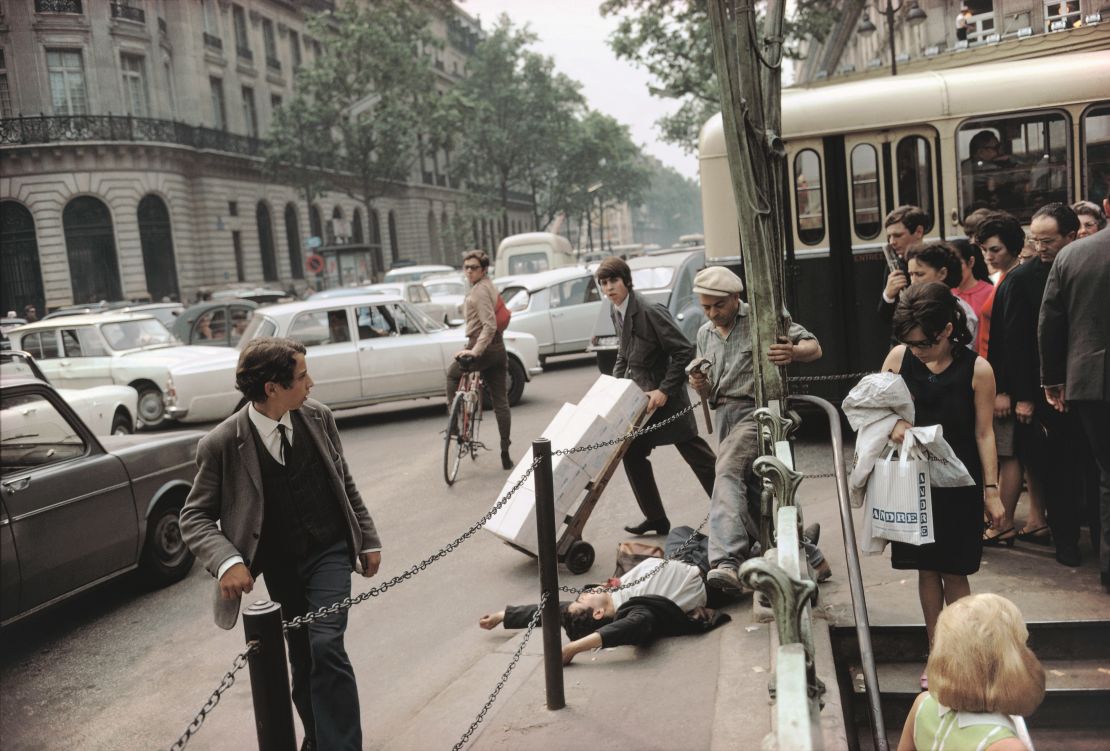There was a time when color photography wasn’t taken seriously. In the 1960s and 1970s, it was considered amateurish, good for holiday snaps and advertisements at best. It had no place in the art world, where black-and-white prevailed.
The work of a few rebels was instrumental in changing this attitude. Chief among them Joel Meyerowitz, one of the earliest and most successful advocates of color. The New York photographer, who’ll turn 80 this year, started his pioneering work with color film in 1962, mostly by accident.
“When I began, in all my innocence, the first roll of film I ever put in a camera was a color film, because it seemed to me the world was in color and you’d take pictures of the world as it looked,” he said in a phone interview.
“I didn’t understand at that point that black-and-white was considered high art and color was considered amateurish, commercial and journalistic. There was a real built-in prejudice and my generation had to fight that fight.”
Double shot
The man who put the color in photography
In 1966, Meyerowitz drove across Europe armed with two cameras: one with color film, one with black-and-white. During the trip, he took 25,000 photographs over 700 rolls of film, half of which were in color. Whenever there was an opportunity, he would make pairs of pictures in both formats to compare them.
“When I got back, I had a black-and-white show at MoMA (New York’s Museum of Modern Art), but as I was editing the color films from that trip, my conviction was getting stronger. Within the next couple of years I turned to color almost completely, and by 1971 I was finished with black-and-white,” he said.
Boulevards of the world
While pushing for color, Meyerowitz made his name as a street photographer by capturing the vibrant, colorful drama of everyday life in New York City.
“The mix of life on the street offers untold opportunities to observe human nature and one’s personal response to it. By doing that, you begin to see what it is about the world that is so appealing or attractive to you as an individual. A street photographer makes the most of what he’s been given, any time he goes out in the street,” he said.

A selection of Meyerowitz’s influential work – both in color and in black-and-white – is now on show in a retrospective titled “Why Color?” at Berlin’s C/O Foundation. This exhibition, he said, will encourage visitors to consider how much attitudes toward color photography has changed.
“When you have a life that spans 55 years of photography, you get to see the history of recent photography itself. The question of color is one of the big ones.”
“Joel Meyerowitz: Why Color?” is on show at C/O Berlin Foundation until Mar. 11, 2018.













